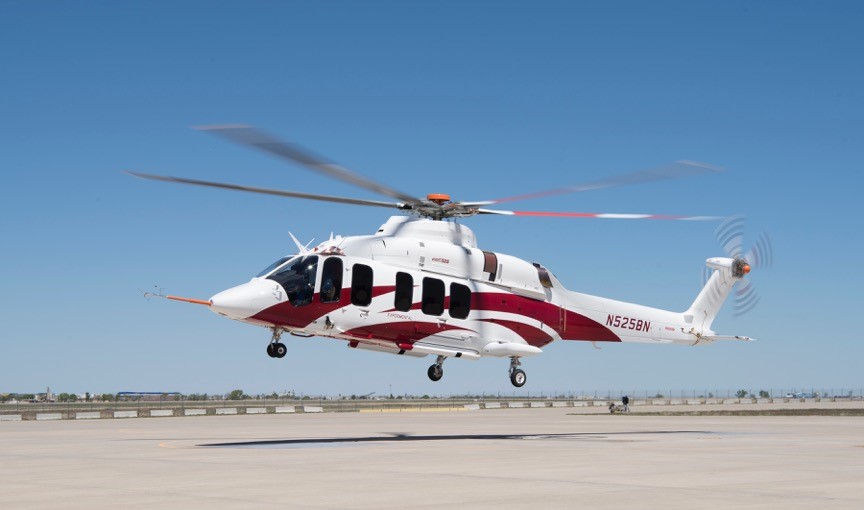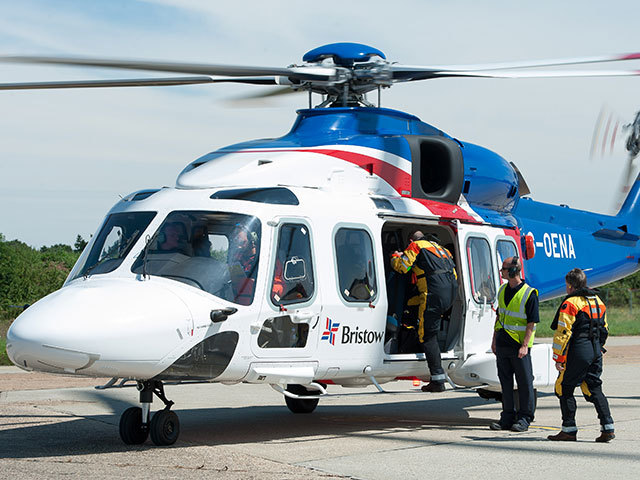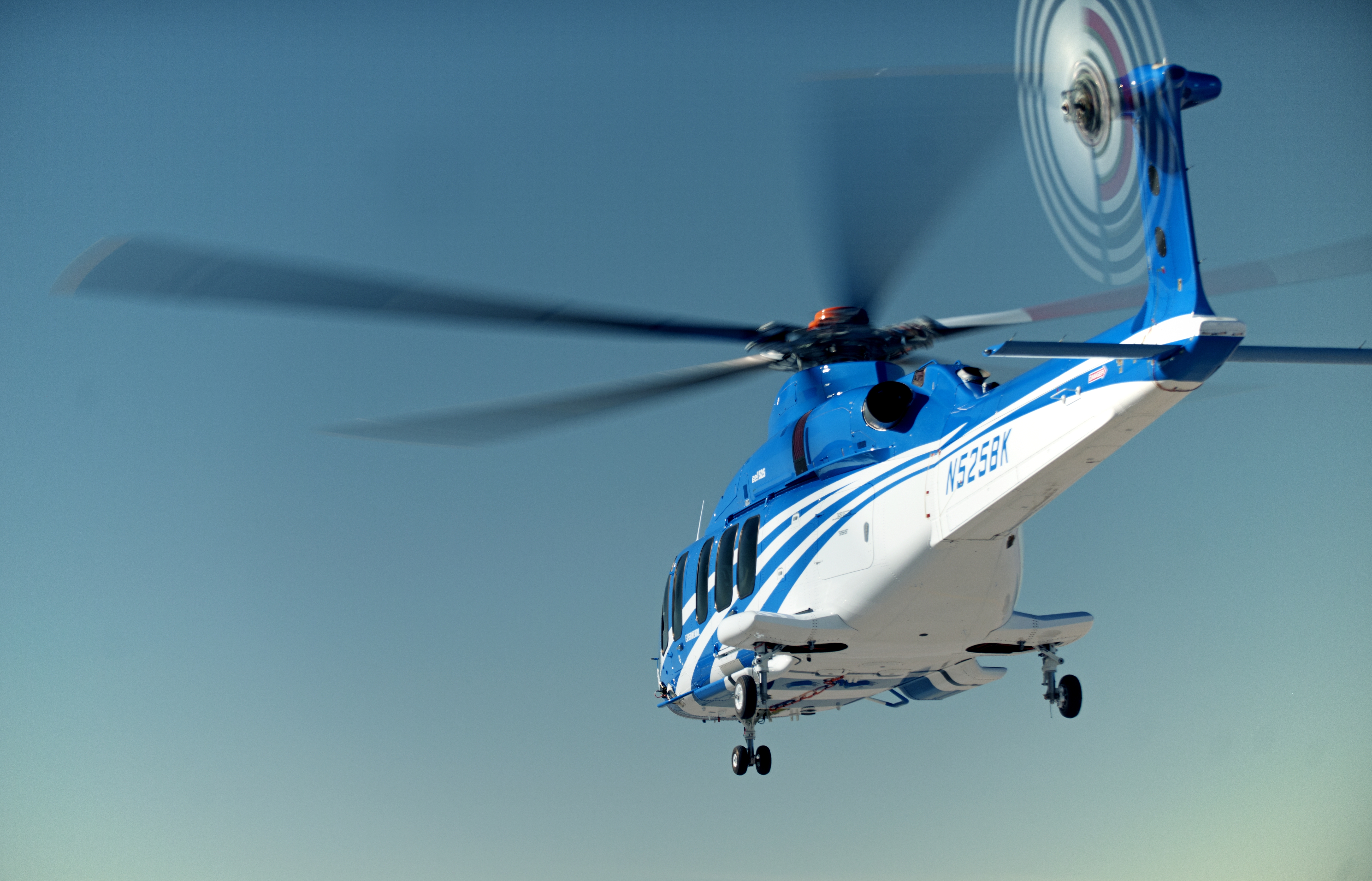
A new challenger has emerged for the dominant S-92 helicopter in the North Sea’s oil and gas sector.
Bell Helicopters said their 525 Relentless will be an “alternative solution” for heavy class choppers in the sector which has been “overly relying” on a single type of aircraft.
The S-92 has been the dominant model in the sector in recent years following the grounding of the Super Puma in 2016 after a series of fatal crashes.
According to Oil and Gas UK’s latest safety report, there are 37 S-92s currently in operation, which is more than the six other helicopter types combined running in the UKCS.
Despite a strong safety record, unions including RMT, Unite and Norway’s Industri Energi have agreed there is too much reliance on the S-92.
Bell Helicopters, which is based in Texas, is developing the 525 Relentless which it said represents a “generational leap forward” for oil and gas helicopter operations.
It will be the first commercial helicopter to be certified with Fly-by-Wire, a type of computer control system which Bell said greatly reduces pilot workload and improves situational awareness.
Meanwhile, the firm said the rotor system sets “a new benchmark” for run-dry capability, which is the amount of time it can run after loss of oil.
The chopper is being designed to hold 16 passengers as standard, with up to 20 in a high density seating design.
Patrick Moulay, senior vice president of Bell Commercial Business (International), said: “We see opportunity for the aircraft to improve safety and efficiency of operations in the North Sea.
“We want the Bell 525 to be the alternative solution in the heavy helicopter segment where the entire industry has been overly relying on one single type of aircraft.
“We believe there is opportunity for the Bell 525 to do very well in the UK North Sea as it truly brings a general leap forward in this class of aircraft.”
Bell is “hyper focused” on getting the aircraft certified, with US approval expected at the end of this year or the beginning of 2020, with European approval six to nine months later.
The firm said it has had visits to its test centre in Texas from numerous North Sea stakeholders who are “anxious” to hear about its progress.
Certification flight testing is scheduled to take place within the next month.
FLEET DIVERSITY
Despite the “game-changer” of the 525, Sikorsky, which manufactures the S-92, has maintained its helicopter will be the leading model for decades to come in the industry, with the North Sea making up half of all flight hours last year, despite it running in 25 countries.
Either way, unions remain adamant that there needs to be more diversity in the fleet following the removal of the Super Puma.
Speaking ahead of an 10-year anniversary of a Super Puma crash this week, RMT regional officer Jake Molloy said: “I think that is part of the reason that the industry is saying ‘we’ve done the right thing, we’ve removed the problem’.
“Personally I don’t think they have. God forbid if we have an incident with a S-92, which again is why I think the inquiry would assist in this whole assessment of resilience.
“We’ve come very, very close in December 2016 with the one on the Elgin deck. If it had happened a few seconds earlier then that aircraft would have been in the sea and we’d be having a completely different conversation and we’d almost certainly see (Super Puma) 225s back in the air.
“So we’ve got to start looking at new aircraft and how we invest and get them into service.”
Recommended for you


